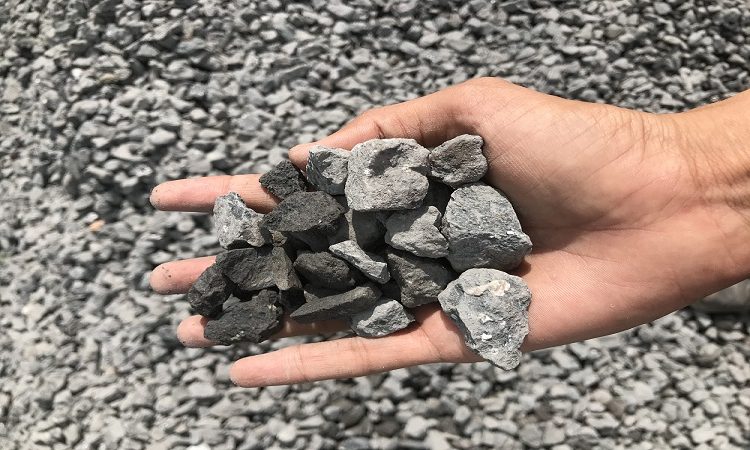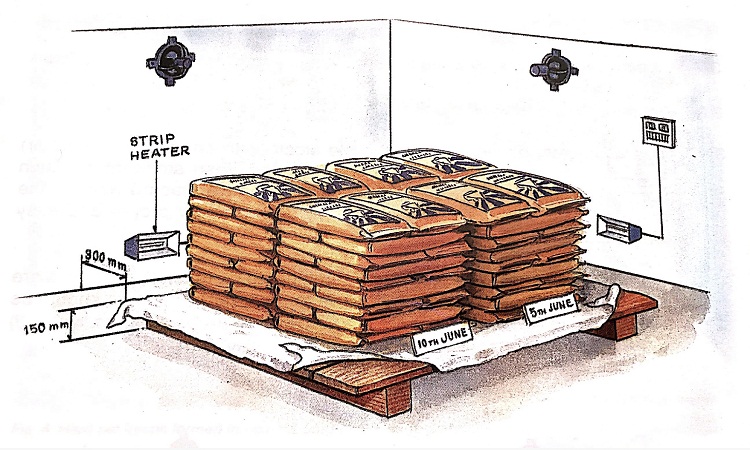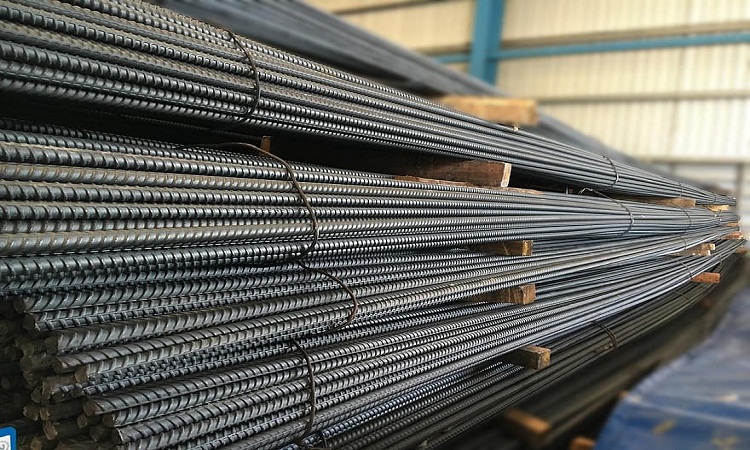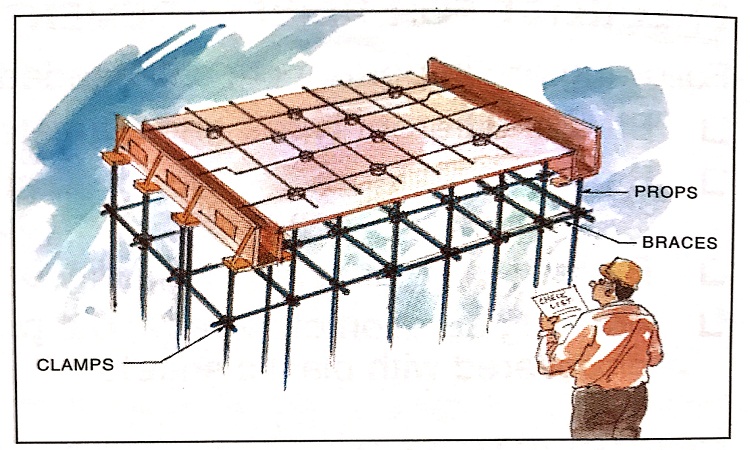There are simple field tests of aggregates that are required to be carried out in the field to enable the site supervisor to determine the quality and the proportions required to be taken in the concrete mixes. Before the tests are performed, it is very important to collect a proper…
What are the Properties of Aggregates for Concrete?
In concrete, fine aggregates and coarse aggregates make up about 75% of the total concrete materials. It is, therefore, significantly important to acquire the right type and quality of aggregates at the site. The aggregates from the main matrix of the concrete/mortar. The aggregate particles are glued together by the…
Application of Bamboo for Construction and Architecture
Bamboo sustainability as a construction material or building material is paramount since it is a promising natural composite material. The use of bamboo in the construction industry in recent times has attracted increasing interest for its promising applications in sustainable construction works. The assessment of the sustainability of many materials…
Bamboo as a Building Material – Its Properties, Advantages, and Disadvantages
Bamboo is a building material or construction material throughout the world’s tropical & sub-tropical areas. Bamboo is a sustainable & versatile resource, with high strength and low weight. That is the reason it is generally utilized in different forms of building construction, particularly for housing in rural areas. Bamboo can…
What is Gypsum Plaster? Its Advantages and Disadvantages
Plastering is one of the most common and ancient finishing techniques. Plastering is applied to give a visually pleasing smooth surface to block or brick masonry of the wall. Plastering not only enhances beauty but also acts as a protective cover for bricks and stones and protects them from rain…
Bulk Cement – Storage and Transportation
The storage of bulk cement is an essential link in the cement processing industry. There are many ways to store cement, but the best way for long term storage is by using cement silos. The cement silos have the characteristics of good uniformity in the cement storage section. With the…
Cement – Storage and Transportation
Ordinary Portland Cement is a very finely ground chemical. It is hygroscopic in nature and therefore it can easily absorb moisture from the air. Cement should therefore be protected from dampness and high humidity as it can rapidly lose its strength and get transformed into lumps rendering it unsuitable for…
Efflorescence – Its Causes and Treatment in Brick Masonry
Efflorescence is a deposit of water-soluble salts formed on the surface of brick masonry and concrete due to the movement of water through pores. When water gets evaporated, efflorescence is formed as the dissolved salt gets deposited on the surface. Causes of Efflorescence The condition in which efflorescence occurs is…
Reinforcement Steel – Bar Types, Site Storage, Cutting and Bending
Reinforcement plays a very important role in construction; it takes most of the tensile forces which are faced by reinforced concrete structures while concrete takes care of the compressive loads. Reinforced concrete construction (RCC) faces several types of environmental attacks during its lifetime. Chemicals like sulfates and carbonate attack the…
Formwork checklist during Concreting and Striking
Formwork Installation is one of the most cost-oriented and complicated works on-site, consuming considerable time. Many times accidents and serious damages during construction are caused due to unsafe or incorrect practices in formwork. Formwork is also responsible for the shape of the structure and surface finish and therefore it contributes…










